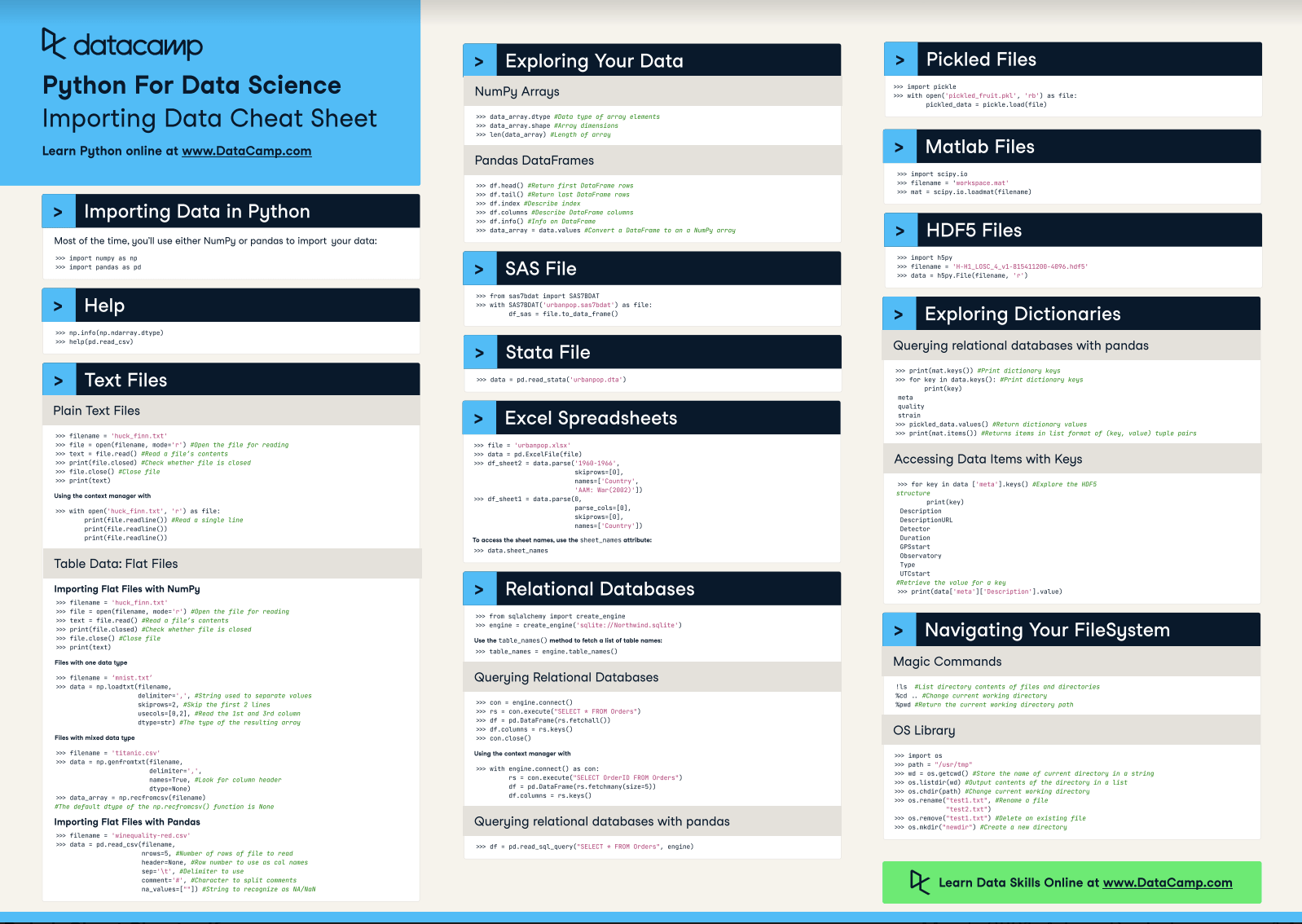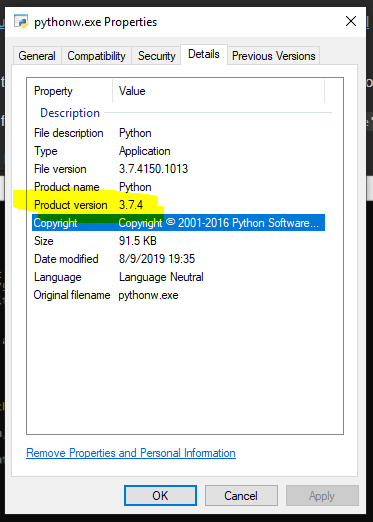5 Simple Ways to Import Excel Sheets in Python

Working with Excel spreadsheets in Python can be daunting initially, but with the right tools and techniques, you can seamlessly integrate Excel data into your Python workflows. Whether you need to analyze financial data, process sales records, or manage large datasets, Python offers various libraries to simplify this task. Here, we'll explore 5 simple ways to import Excel sheets into Python.
Method 1: Using openpyxl


openpyxl is an excellent Python library for reading and writing Excel 2010 xlsx/xlsm/xltx/xltm files. Let's look at how to import an Excel sheet using openpyxl:
- First, ensure you have openpyxl installed:
pip install openpyxlimport openpyxl
# Load workbook
wb = openpyxl.load_workbook('example.xlsx')
# Select sheet by name
sheet = wb['Sheet1']for row in sheet.iter_rows(min_row=1, max_col=3, values_only=True):
print(row)🌟 Note: openpyxl supports both reading and writing, making it versatile for tasks beyond just importing data.
Method 2: pandas


The pandas library is renowned for data manipulation, and it offers powerful functions for handling Excel files:
- Install pandas if you haven't:
pip install pandas openpyxlimport pandas as pd
# Read Excel file into a DataFrame
df = pd.read_excel('example.xlsx', sheet_name='Sheet1')print(df.head())
print(df.info())Method 3: xlrd and xlwt

For older Excel file formats (.xls), xlrd (to read) and xlwt (to write) can be useful:
- Install both libraries:
pip install xlrd xlwtimport xlrd
book = xlrd.open_workbook("example.xls")
sh = book.sheet_by_index(0)
for rx in range(sh.nrows):
print(sh.row_values(rx))import xlwt
wb = xlwt.Workbook()
ws = wb.add_sheet('Sheet1')
for i, row in enumerate(rows):
for j, value in enumerate(row):
ws.write(i, j, value)
wb.save('example.xls')Method 4: pyexcel-xlsx and pyexcel-xls

The pyexcel series of libraries provide a more general approach to handle multiple file formats, including Excel:
- Install with:
pip install pyexcel pyexcel-xlsx pyexcel-xlsimport pyexcel
data = pyexcel.get_sheet(file_name='example.xlsx')
for row in data.row:
print(row)Method 5: xlwings


xlwings is unique as it allows interaction between Excel and Python without requiring Excel to be installed on the user's machine. It's particularly useful for those who need to automate Excel tasks:
- Install xlwings:
pip install xlwingsimport xlwings as xw
# Open an existing workbook
wb = xw.Book('example.xlsx')
sheet = wb.sheets['Sheet1']
# Accessing a specific cell
cell_value = sheet.range('A1').value
print(cell_value)
# Closing the workbook
wb.close()These methods provide various ways to handle Excel data in Python, each with its unique strengths:
- openpyxl for detailed control over spreadsheets.
- pandas for comprehensive data analysis capabilities.
- xlrd/xlwt for compatibility with older formats.
- pyexcel for flexibility across different file formats.
- xlwings for Excel automation.
By integrating Excel data into Python, you can automate your workflow, perform advanced data analysis, and enhance productivity. The choice of method will depend on your specific needs, the complexity of the task, and your familiarity with Python libraries.
In this overview, we've kept each method straightforward, focusing on the essential steps to import and interact with Excel data in Python. Remember, each library has additional features for advanced operations, error handling, and formatting, which you can explore further based on your project requirements.
Which method is best for large datasets?

+
For large datasets, pandas is often preferred due to its optimization for data manipulation and its ability to handle large files efficiently with memory usage considerations.
Can I edit Excel files using Python?

+
Yes, libraries like openpyxl, pandas, xlwings, and xlwt offer functions to both read from and write to Excel files, allowing for comprehensive data manipulation and editing.
How do I choose the right library for my needs?

+
Consider the format of your Excel file, whether you need to read or write, the size of the dataset, and specific operations you want to perform. For general purposes, pandas is a good starting point, but explore others like openpyxl for more control, or xlwings for Excel automation.